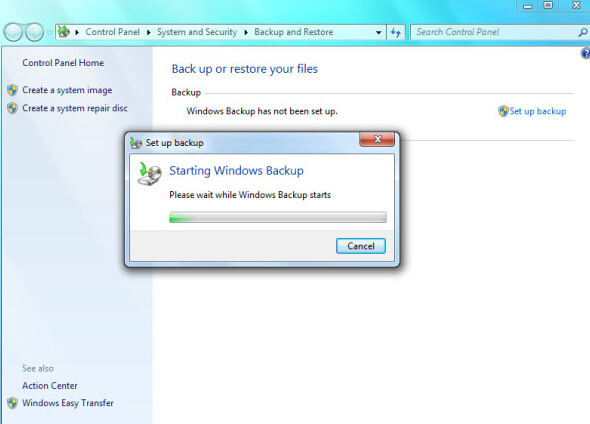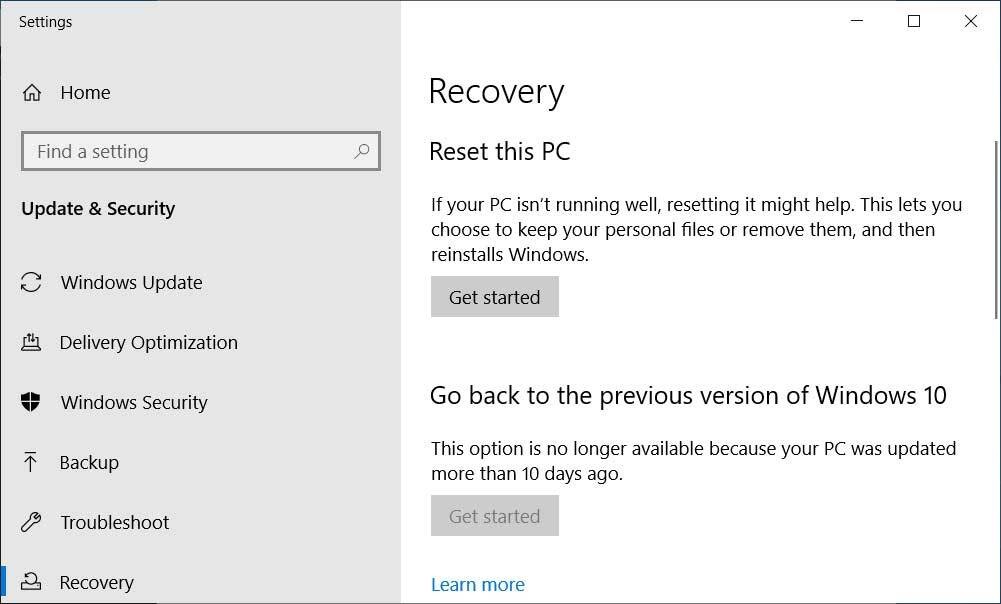
:no_upscale()/cdn.vox-cdn.com/uploads/chorus_asset/file/19600137/windows_7_to_windows_10_upgrade_manual_media_1.png)
Select any of the following for more detailed info.Warning: Data Wiper removes everything (include personal information and the recovery partition) on the disk if you select the **Entire drive** option, no matter the disk is HDD, SSD, or USB flash drive, it's not factory reset Windows, it's wiping it, you cannot use Windows again unless you reinstall the operating system. If you don’t have Windows 8.1 or Windows RT 8.1 media, contact Microsoft Support. If you upgraded your PC to Windows 8.1 or Windows RT 8.1 with a DVD, use that disc. For more info, see Create a USB recovery drive. Having a recovery drive can help you troubleshoot and fix problems with your PC, even if it won’t start. If you don’t have either of those, you can make them if you have a USB thumb drive of 16 GB or larger. In some cases, you might have created them when you first set up your PC. Check the info that came with your PC to see if your PC manufacturer provided these discs or media.

If your PC came with Windows 8.1 or Windows RT 8.1, you’ll need the discs or thumb drive that came with your PC. If that happens, what you’ll need depends on your PC. However, if Windows needs missing files, you’ll be asked to insert recovery media, which is typically on a DVD disc or thumb drive. In most cases, once you start to refresh or reset your PC, it’ll finish on its own. Before you start to refresh or reset your PC If you want to back up and restore your personal files using File History, see Set up a drive for File History. You can refresh, reset, or restore your PC from the Windows Recovery Environment. If you're having trouble starting (booting) your PC, see Windows Startup Settings (including safe mode), and go to the “Get to Windows Startup Settings in the Windows Recovery Environment” section. Restore your PC to undo recent system changes you've made.

Reset your PC to reinstall Windows but delete your files, settings, and apps-except for the apps that came with your PC. Refresh also keeps the apps that came with your PC and the apps you installed from the Microsoft Store. Refresh your PC to reinstall Windows and keep your personal files and settings.

If you're having problems with your PC, you can: Note: For information about this topic in Windows 10, see Recovery options in Windows 10.


 0 kommentar(er)
0 kommentar(er)
